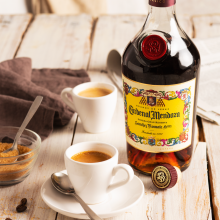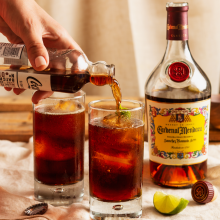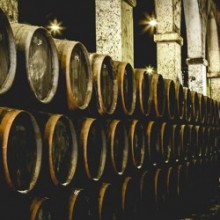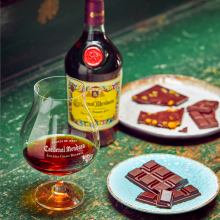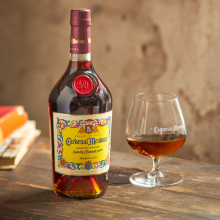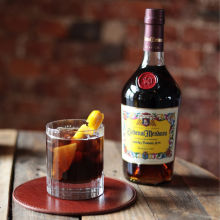Brandy de Jerez: history and worldwide growth
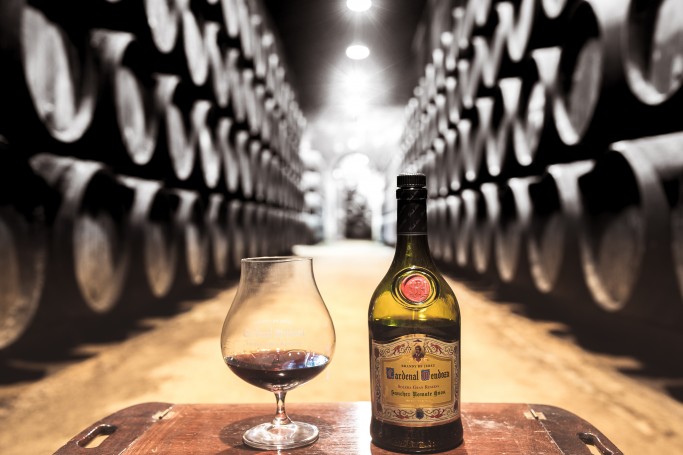
Stories abound about its origins, yet the precise moment of its appearance is unknown, however there is evidence of its existence in the XVI century.
According to the history books it came about quite by accident.
Back in those days Span had a very healthy market in the export of “holandas”. Holandas were large barrels – or “butts” as they are called in Jerez de la Frontera – filled with wine distillate, which were taken to Holland and re-exported internationally via the Indies Route. One of these routine journeys suffered a delay and the spirit had to spend longer than usual in the butts.
When at last the goods reached their destination the butts were unsealed to verify that their contents were still in good condition for resale, and it was with great surprise that it was found that the spirit had acquired great finesse and depth of flavour through its extended contact with the wood, which had previously contained Sherry. The “Brandewijn” - literally translated from the Dutch as “Burnt Wine” – had been transformed, and with it the world of spirits in general.
This great success story came about completely unexpectedly.
Spanish Brandy expands across the world
From this starting point Jerez Brandy began to be produced by the soleras and criaderas system native to the area and to be exported to various countries.
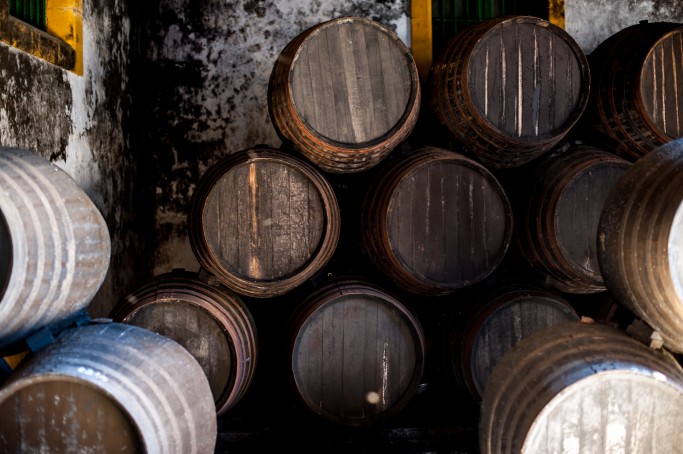
To understand how, we need to go back to the year 1587 when the pirate Sir Francis Drake arrived at the port of Cádiz and plundered 2,900 butts of Sherry which he later sold in English taverns. Thanks to this, the English market is one of the strongest and most profitable for Sherry in general, and the brandy in particular, and here they called it Spanish brandy to differentiate it from the French Cognac.
Unlike Cognac, Brandy de Jerez has certain peculiarities which make it exceptional and inimitable.
One of those is the use of the Palomino grape – the grape used in the production of Sherry – as well as the use of butts previously seasoned – for at least 3 years – with Sherry (usually Fino Sherry, although nowadays butts seasoned with Oloroso and Pedro Ximénez are also used).
Brandy de Jerez is set apart from others because of its process of production, the quality of the raw materials and the climatic conditions of the area of production. Of course one of the most important qualities is time itself, as we can see in Cardenal Mendoza “Non Plus Ultra” with 50 years of ageing in butts of American oak.
So, as you can see, Spanish Brandy is a spirit with long years of history and tradition which bears the stamp of our character and is an important symbol of our country.
Did you know that…?
- Construction of the cathedral of Jerez de la Frontera was paid for by a special tax on Brandy permitted by the Spanish Crown.
- Wine from the Palomino grape is used in its production.
- There are three types of Brandy de Jerez:
- Solera: These have roughly one year of ageing.
- Solera Reserva: These remain roughly three years in Sherry casks before bottling.
- Solera Gran Reserva: These are brandies with 10 or more years of ageing.
- The origins of Spanish Brandy are older than those of Cognac.



